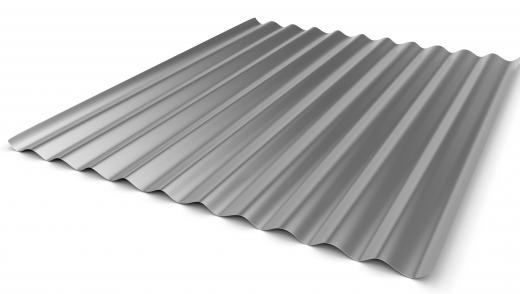A quonset hut offers a sturdy, portable, easy to assemble, prefabricated steel building that looks like an aluminum can cut in half lengthwise and set on the ground. Developed in response to the housing crisis for soldiers during World War II, quonset huts not only solved logistical problems overseas but gained popularity among civilians. Today, many people buy kits to build a quonset hut out of steel arches and corrugated metal sheeting to house vehicles, animals, home businesses, and supplies.
The British developed a basic metal structure during World War I called a Nissen hut that could be erected quickly by unskilled labor and taken down whenever a regiment moved. During the second World War, America sought a similar building to protect provisions, marines, soldiers, airplanes on temporary airstrips, and hospital wards. In 1941, engineers and developers built such a structure in Quonset, Rhode Island, that was lightweight, disassembled to a small volume, and easy to put up overnight by a small crew.

The original size of military quonset huts was 48 ft. (15 m) long and 20 ft. (6 m) wide with most of the floor space useable. Semi-circular, reinforced steel ribs supported a layer of corrugated steel functioning as both roof and walls. Often, plywood or the bare ground provided a simple floor. The government distributed in excess of 160,000 fabrication kits appropriate for environments with heavy snow, drenching downpours, or tropical sunlight. One variation extended the roof's overhang a few feet to protect it from erosive rain or suffocating heat. Larger models were 100 ft. (30 m) long and 48 ft. (15 m) wide.
For its efficiency and functionality, few buildings have out-performed the basic quonset hut. Modern improvements include skylights, windows, plumbing, wiring, insulation, porches, interior walls, and cement foundations for permanent installation. Civilians continue to buy the straightforward huts from private manufacturers to install on their farm, orchard, estate, or small business as a storage facility, showroom, garage, temporary family housing, boathouse, or barn.
